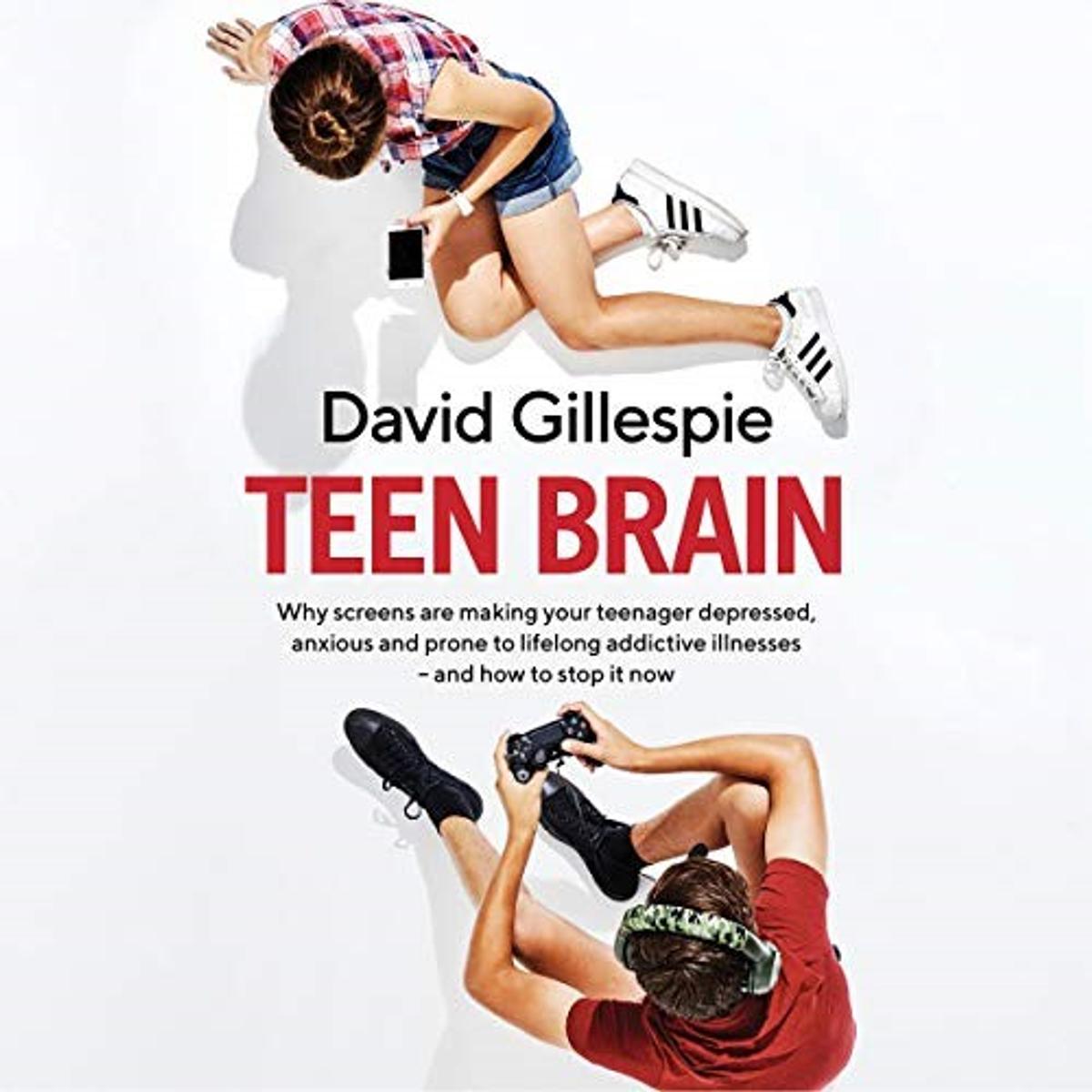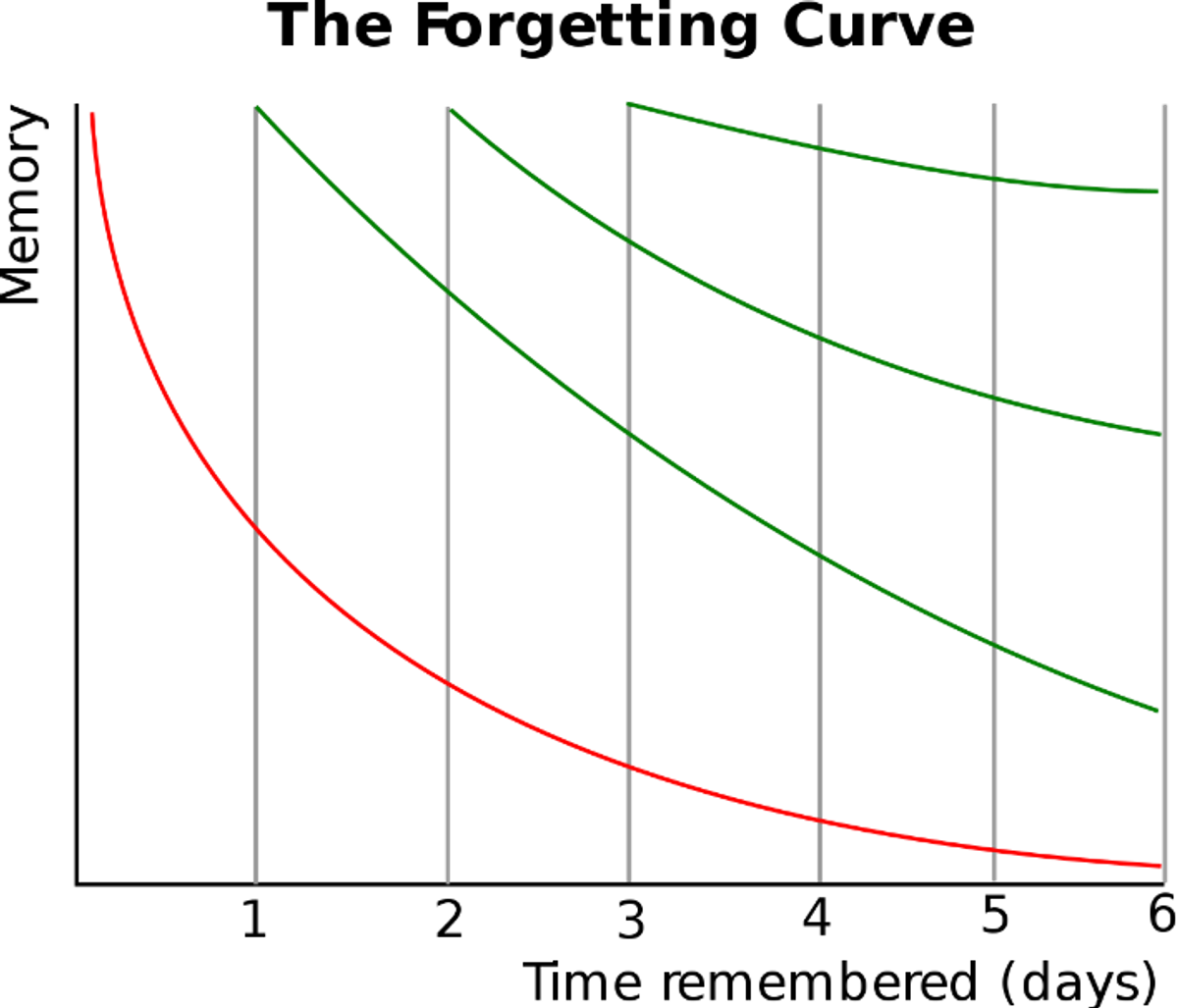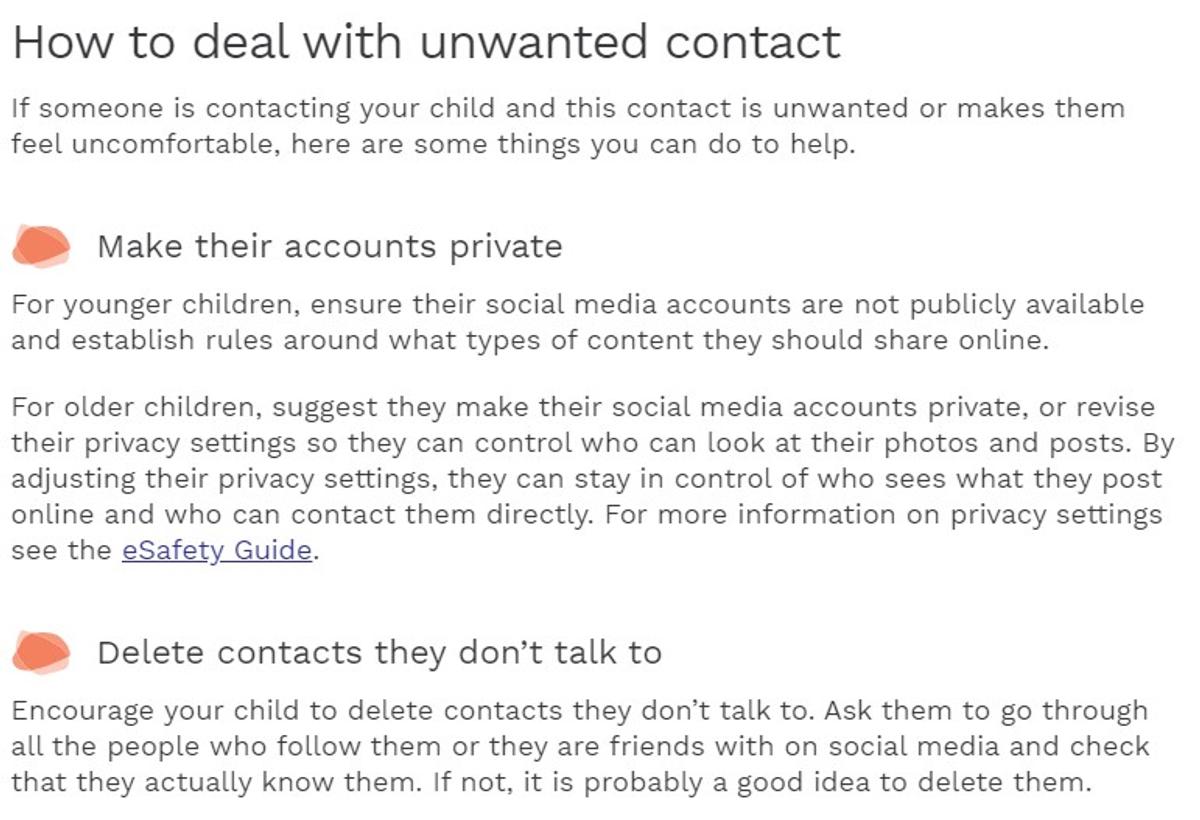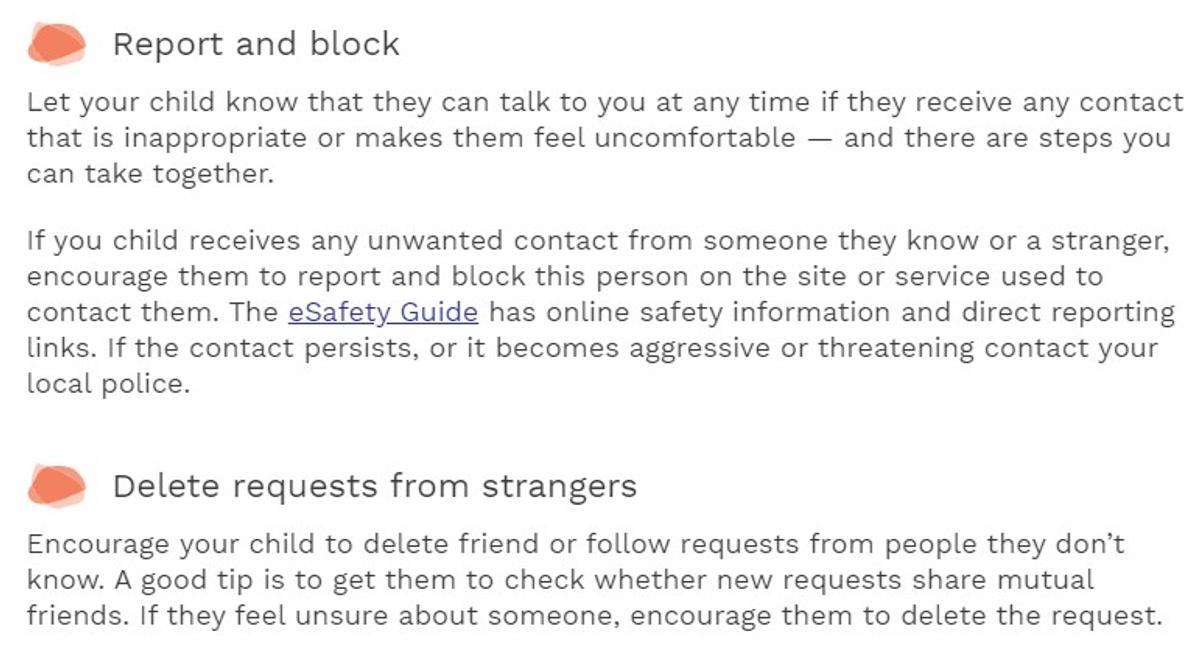Principal's Message

I recently read a very interesting parenting book specifically designed for parents of teenage children called Teen Brain by David Gillespie.
The fascinating thing for me was the alignment of the biological changes in the teenage brain and the impact that significant use of technology has on young people as their brain develops.
There were a few take aways for me as a parent. He reminded me that the teenage brain is vulnerable and underdeveloped (it does not finish developing until the age of 25) and we, the adults, need to be making sure we put in place rules and boundaries to keep young people safe. He talks about communicating these boundaries and rules very clearly with young people and then strictly following through with reasonable consequences for any breeches of these rules. He acknowledged the difficulty of consistently following through and how good teenagers are at wearing us down but encouraged us to hold our ground.
A key take away for me as the principal of MFG was the need to significantly limit the time our young people have using technology as their brain develops and the need for us to create and enforce time away from technology in our school day. Gillespie explains that participation in social media and computer/phone games increases the chemicals in our brain that promote addiction and this correlates not only with the technology they are using but to other substances later in life. There is definitely more thinking and learning to do in this space.
Recently, James Merlino, the Minister for Education and Deputy Premier, mandated that in 2020 all schools will ban the use of mobile phones in school during class and at recess and lunch. We will be working though this directive as a school with School Council.
Academic Focus
THE FORGETTING CURVE – THE EBBINGHAUS EFFECT
The Ebbinghaus Forgetting Curve shows the decrease in ability of our brains to retain memory over time. This was hypothesized by Hermann Ebbinghaus in 1885, which is why it’s called The Ebbinghaus Forgetting Curve.
The theory is that we start losing the memory of what we have learned over time, in a matter of days or weeks, unless the knowledge is consciously reviewed time and time again.
The curve below shows how information is lost over time when there is no attempt to retain it.
Ebbinghaus hypothesized that the speed of forgetting depends on a number of factors such as:
- the difficulty of the material
- how meaningful the material is
- how the material is presented
- physiological factors such as stress and sleep.
He went on to hypothesize that basic training in mnemonic techniques can help overcome those differences in part - see Ms Crofts’ Study Tips 7.
The good news is, there are also other ways you can overcome the forgetting curve.
Below are two tips for reducing the effect of the forgetting curve:
- Review material in the first 24 hours after learning the information (this is optimum time to re-read notes) - see Ms Crofts Study Tips 2.
- Spaced learning, which involves repetition with spaced intervals of time. It is when you repeatedly return to the information learned and further review it time and time again. This does not need to be every day because there needs to be long enough time to “start to forget the material” so that the brain can practice retrieving it. Initially the periods are shorter and then increased in time. For example, you may review something the evening your learnt it , then 2 days later, then a week later, then 2 weeks later, then a month later and eventually it can be years later.
Tips for revisiting material:
- Record it onto your phone and play it back to yourself when on the bus or walking to school
- Make revision notes and teach them to someone
- Use flash cards or apps
- Make games to play using the material you have learned
ICT – E-Safety - Unwanted contact and grooming
Socialising online can be a great way for young people to broaden their friendships, but it can also put them at significant risk.
One of the best ways to prevent unwanted contact is to have a rule that all technology is used in the lounge room with adults around who conduct random audits to check what your child is doing on line and to check that you too know their friends on social media.
The e-safety guide for parents established by the Australian Government states the following about unwanted on-line contact.
Unwanted contact is any type of online communication that your child finds unpleasant or confronting, or that leads them into a situation
where they might do something they regret. This can happen even if they initially welcomed the contact. It can come from strangers, online ‘friends’ your child has not met face-to-face, or from someone they actually know.
At worst, it can involve ‘grooming’ a child — building a relationship with a child in order to sexually abuse them. This abuse can happen in a physical meeting, but it increasingly occurs online when young people are tricked or persuaded into sexual activity on webcams or into sending sexual images.
Reference: https://esafety.gov.au/parents/big-issues/unwanted-contact
Ms Michelle Crofts
Principal of Matthew Flinders Girls Secondary College





